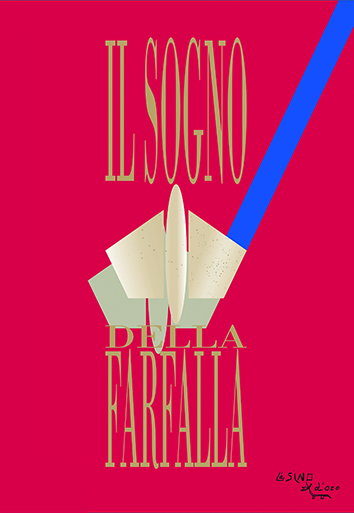A history without images, images without a history
Abstract
The article proposes a historical excursus on the ontological statute of the image in Western thinking. Starting from Parmenides, Plato, Aristotle all the way to Plotinus the image emerges as something which has always been relegated to the status of a copy or non-being. Descartes and Spinoza condemn the imagination and images because they do not correspond to reality, rather they represent an alteration of it. In the 18th century aesthetics is born as a separate discipline, but Kantian rationalism puts images at the service of the intellect. In the 19th century, philosophers choose art, in particular music, as an exclusive means to reaching truths. Schelling, Schopenhauer, Kierkegaard and Nietzsche consider music, art without images, irreversible time, the most appropriate expression to represent the essence of what is real. The unconscious, which the 19th century defined as unknowable, maintains its statute of unrepresentability and spirituality throughout the 1900s. With Heidegger and then Sartre the imagination is the capacity to hide and nullify. The individual, in particular the artist, is he who has the liberty to annul the surrounding world. It is only in 1971, when Massimo Fagioli’s Death drive and knowledge offers the scientific community his birth theory, that images and the unconscious take on a new meaning. The pivotal concept is that of the “disappearance fantasy” which puts together disappearance of the exterior world, which the child brings about at the moment of his birth, and the capacity to imagine, which arises contemporaneously to this fantasy. At birth, thought which springs from biological reality, is formed. A thought which is no longer defined by a constitutive emptiness or as the imitation of perception, but as an image which is the transformation of experiences had.


